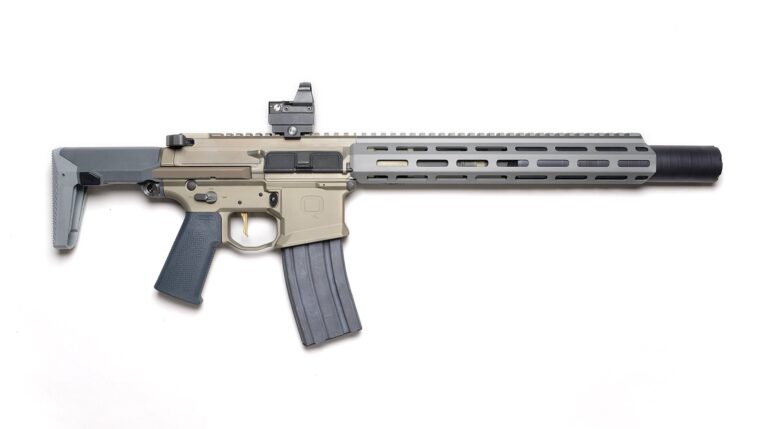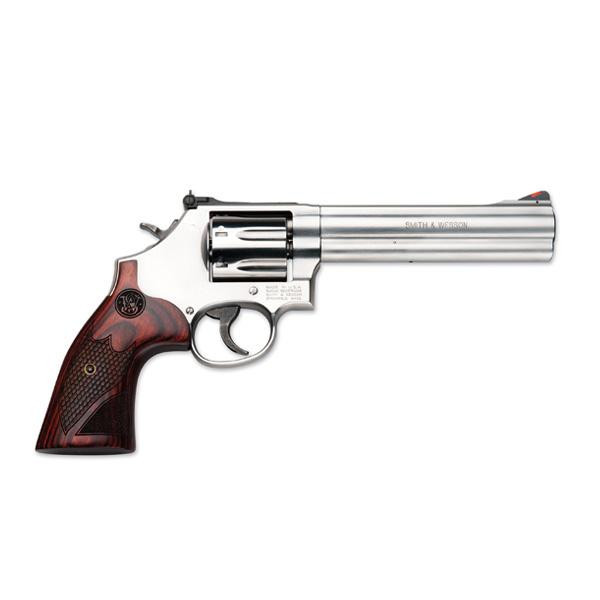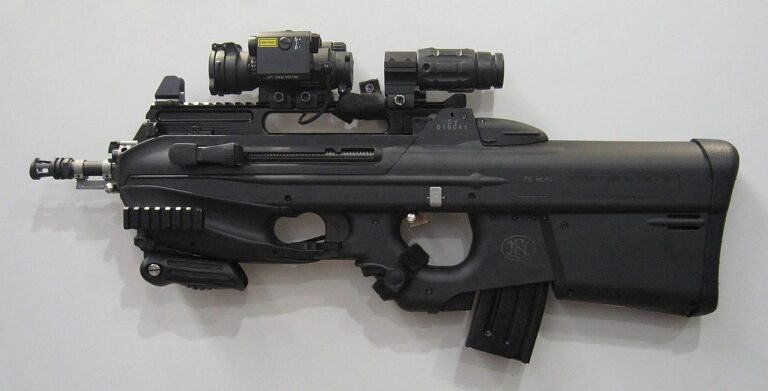Introduction
The M14 is a 7.62×51 mm NATO-caliber semi-automatic rifle, designed in the USA in the 1950s as the successor to the M1 Garand. Officially adopted in 1959, it became the U.S. Army’s standard rifle during the early years of the Vietnam War, before being gradually replaced by lighter assault rifles adapted to new combat environments, notably the M16.
Nonetheless, the M14 earned a solid reputation for its accuracy, range and firepower, qualities that will see it endure well beyond its official replacement. It is still used today in modernized versions by certain armed forces and specialized units.
Background and development
At the end of the Second World War, the U.S. Army realized that the M1 Garand, though reliable and effective, had several limitations in modern warfare: a non-detachable 8-shot magazine, the absence of a fire selector, and considerable weight. The aim then became to develop a single weapon capable of replacing several existing systems, including the M1 Garand, the BAR light machine gun and the M1 carbine.
The T44 project is launched, in competition with other prototypes such as the T48 (American version of the FN FAL). The T44, designed by Springfield Armory, won through thanks to its logistical compatibility, slightly lower weight and mechanism closer to the Garand. It was adopted in 1959 under the name M14.
Technical specifications
| Element | Detail |
|---|---|
| Calibre | 7.62×51 mm NATO |
| Capacity | 20 shots (detachable magazine) |
| Overall length | 1125 mm |
| Barrel length | 559 mm |
| Weight (loaded) | 5.1 kg |
| Firing rate | 750 to 850 shots/min (auto) |
| Firing modes | Semi-auto / automatic |
| Mechanism | Gas borrowing, rotary cylinder head |
Design and ergonomics
The M14 is directly derived from the M1 Garand, from which it retains the general mechanism (rotating breech, mechanical reliability) while incorporating several important improvements:
Detachable 20-shot magazine, for the Garand’s 8-shot clip.
Reinforced stock, first in wood, then in synthetic materials for modernized versions.
Automatic firing capability, although little used in practice because of the difficult-to-control recoil.
Adjustable sights and a shorter barrel, while maintaining accuracy up to 600 meters.
The weapon remains relatively heavy and cumbersome, limiting its effectiveness in confined environments such as the Vietnamese jungle.
Combat use
Vietnam War
The M14 was the standard US infantry weapon at the start of the Vietnam War (1965-1967). It was appreciated for its robustness, stopping power and ability to pierce light cutlery. However, its high weight, length and recoil make it impractical for use in dense jungle.
Automatic fire, although integral to the original concept, was rarely used due to the lack of control over bursts. This soon led to its replacement by the M16A1, lighter, with a more moderate caliber (5.56 mm) and better suited to burst firing.
Post-Vietnam role
Although retired from standard service, the M14 has found new life in specialized roles:
DMR (Designated Marksman Rifle), thanks to its greater accuracy and effective range than the M16.
Semi-automatic sniper rifle, including M21, M25 and EBR (Enhanced Battle Rifle) models.
For naval use and special units, for perimeter surveillance or long-distance combat.
The M14 is used in modern conflicts, including :
Gulf War (1990-1991)
Conflict in Afghanistan
Iraq War
Main variants
M14: basic model with firing selector, wooden stock.
M14A1 (M14E2): with pistol grip, bipod, muzzle brake; designed for automatic firing, but not widely available.
M21: sniper version with scope, in use since the 1970s.
M25: evolution of the M21 with even finer, hand-selected mechanics.
M14 EBR: tactical version with Picatinny rail, modern scope, telescopic stock. Used by Navy SEALs, USMC and Army.
Comparison with other similar weapons
| Model | Caliber | Main use |
|---|---|---|
| M14 | 7.62×51 mm | Elite rifle / support |
| FN FAL | 7.62×51 mm | Heavy assault rifle |
| G3 | 7.62×51 mm | NATO assault rifle |
Compared with its contemporaries, such as the FN FAL or the German G3, the M14 is lighter and more precise in semi-auto, but its effectiveness in bursts is limited.
Current status and collection
Today, the M14 is still used by many of the world’s armies, often in modernized versions. It is particularly appreciated for :
Its excellent grouping in semi-auto shooting.
Adaptability to modern accessories.
Its historic character, much sought-after by American gun collectors.
Civilian copies of the M14, such as the M1A produced by Springfield Armory Inc., are available on the market for sport shooters and military history enthusiasts.
Conclusion
The M14 is an emblematic rifle, straddling two eras: the semi-automatic rifle of the Second World War and the modern assault rifle.
Its power, precision and rugged design have made it a versatile and durable weapon, capable of reinvention over the decades. Whether it’s made of wood in the jungles of Vietnam or aluminum and polymer in the mountains of Afghanistan, the M14 is proof that a well-thought-out design can stand the test of time.
Even today, it’s seen as one of the best compromises between power, precision and reliability in the world of long guns.









